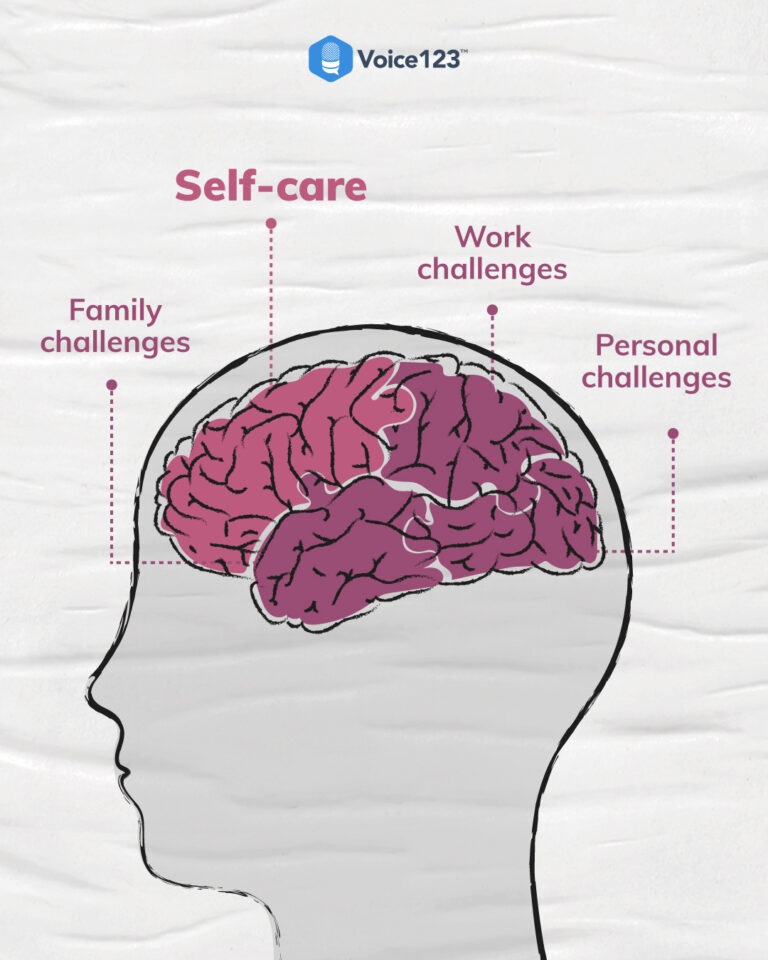As a client, you have a voice over session on hand, but you’re directing remotely. How to ensure your voice over session really succeeds is top-of-mind, and you’re a little worried because you’ve never needed to do this before. How times have changed!
The new normal of working remotely.
Working remotely
Well, it’s still evolving, certainly, but working remotely has swept across the world as fast as the coronavirus. From a voice actor perspective, home studios are now the norm – and are likely to become almost exclusively so. Some have custom-built studios. Others have closets packed with equipment and foam-padded walls. Some even have pillow-forts in the living room and they hope the next door neighbor won’t start mowing the lawn in the next 30 minutes.

Directors, casting agents, talent managers, sound engineers — they’ve all been shunted out of commercial studios and locked out of professional, live-directed and in-person voice over sessions.
Well, not entirely.
Live-directed voice over sessions have shifted to the online environment like everything else. In fact, connecting clients with voice actors is surprisingly easy and the industry is thriving. But of course, they’re not the same as in-person sessions. To ensure your voice over session really succeeds takes a bit more prep. So if you’re uncertain, here’s what you need to do:
Set up for success
If you want the best out of a recording session, live direction should be the first choice. It’s not necessarily a dealbreaker if your chosen voice actor doesn’t have the studio facilities to accommodate live direction, but most serious pro voice actors will be able to. If live-direction is of paramount importance to you, make sure to specify this in your project notes on Voice123. You’ll save yourself a lot of hassle and possible frustration.
It actually goes without saying that live-direction makes sense. Ask any experienced director or voice actor and they’ll agree: it’s so much easier to talk in-person and make necessary adjustments on the spot. Email and messaging can feel slower than snail mail when you have a deadline approaching.
While traditional online conferencing services like Zoom and Skype are popular, you may want to opt for a more professional option, like Source-Connect. Source-Connect is meant to replace the old industry standard, ISDN — Integrated Services Digital Network. We discussed the options in detail here.
Know what you’re asking for
Ever been to a takeout restaurant, and the person ordering hasn’t figured out what they want to order? It can be pretty annoying! The customer had all the time in line to think about what they wanted, but are now holding up the line because they haven’t.
That’s what it can feel like if a client shows up not knowing what they want from the voice over. While it may seem fun to experiment and test ideas, it can be a colossal waste of time and money if there’s no plan at all.

On the other hand, if you have your prep work done, it can be smooth sailing. This includes having supplied the voice actor with the necessary reference materials beforehand, briefing the voice actor well, and having an idea of how you’d like the script to be read. This includes knowing the desired: tone, pacing, pitch, timbre, emotion, and intention.
Be/Get a good director
We all have our limitations. Some of us are great directors. Some of us aren’t. If you’re not, admit it – at least to yourself. Then, when you have a scheduled voice over session, get a good director to direct it. Note the ‘a’. It’s good to collaborate and get the team involved, but it’s best to pick a principal director, and have one person call the shots. Otherwise, grievances arise when there are 12 talking heads and the voice actor doesn’t know who to listen to.

As for good direction, being kind and courteous always helps. Don’t berate or insult voice actors, even if you think they deserve it. Word can get around, and it may bar experienced voice actors from working with you in future.
Good direction is more than niceties, it’s also knowing how to speak in a way that voice actors understand. That can involve being specific with direction, like saying “Can you be more cheerful when saying this line?” instead of just asking the voice actor to sound more happy.
If something isn’t being read the way it’s meant to be, there may be a misunderstanding of the voice actor’s role. It may help to check in with the voice actor’s understanding of a character by going through the character’s intentions, goals, and thought processes.
As a final word, remember that Voice123 has been connecting clients and voice actors remotely for a long time. We also have a Customer Success team that’s second to none. If you have questions or doubts, get in touch. We can help ensure your voice over session really succeeds!


































